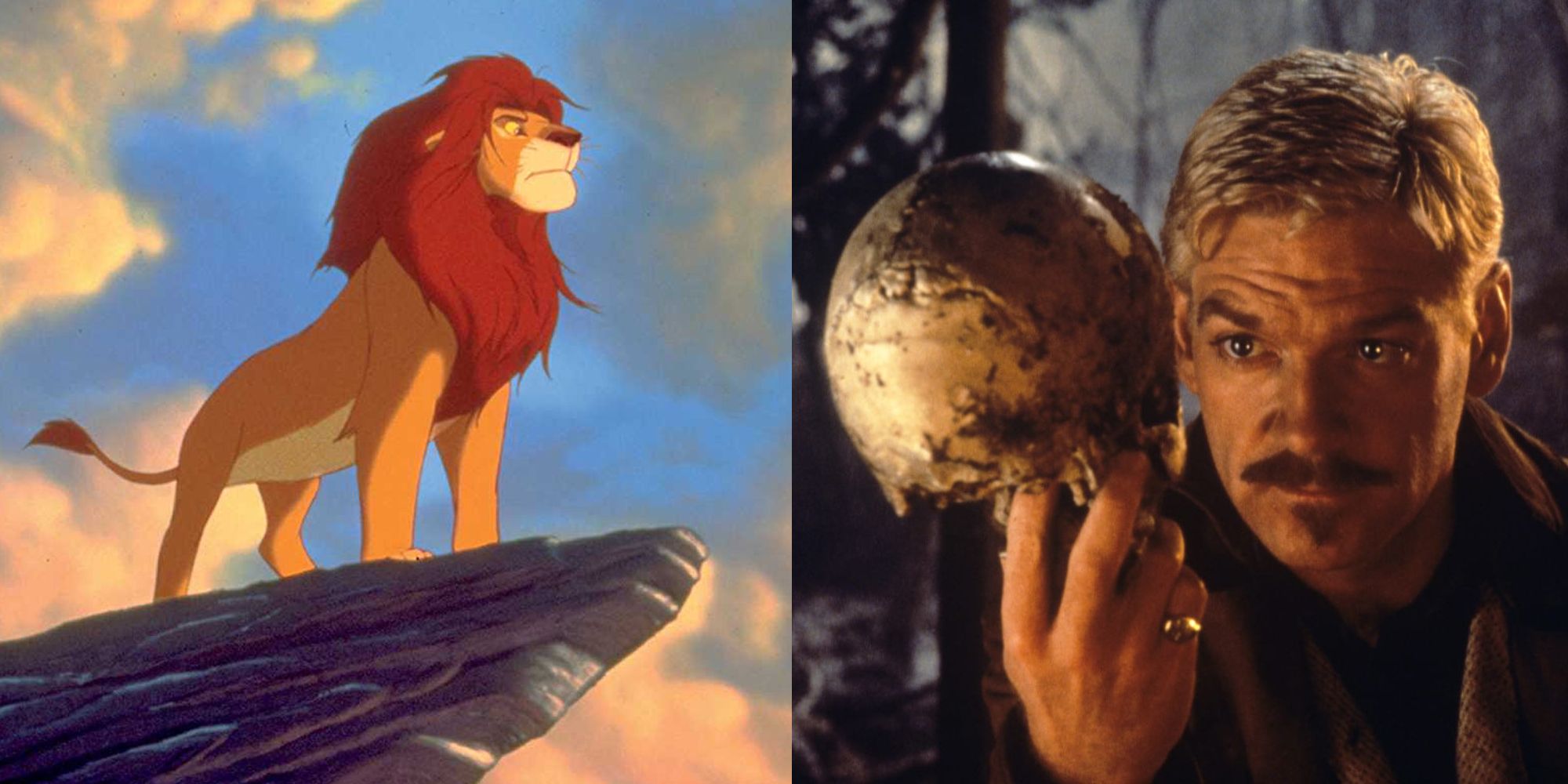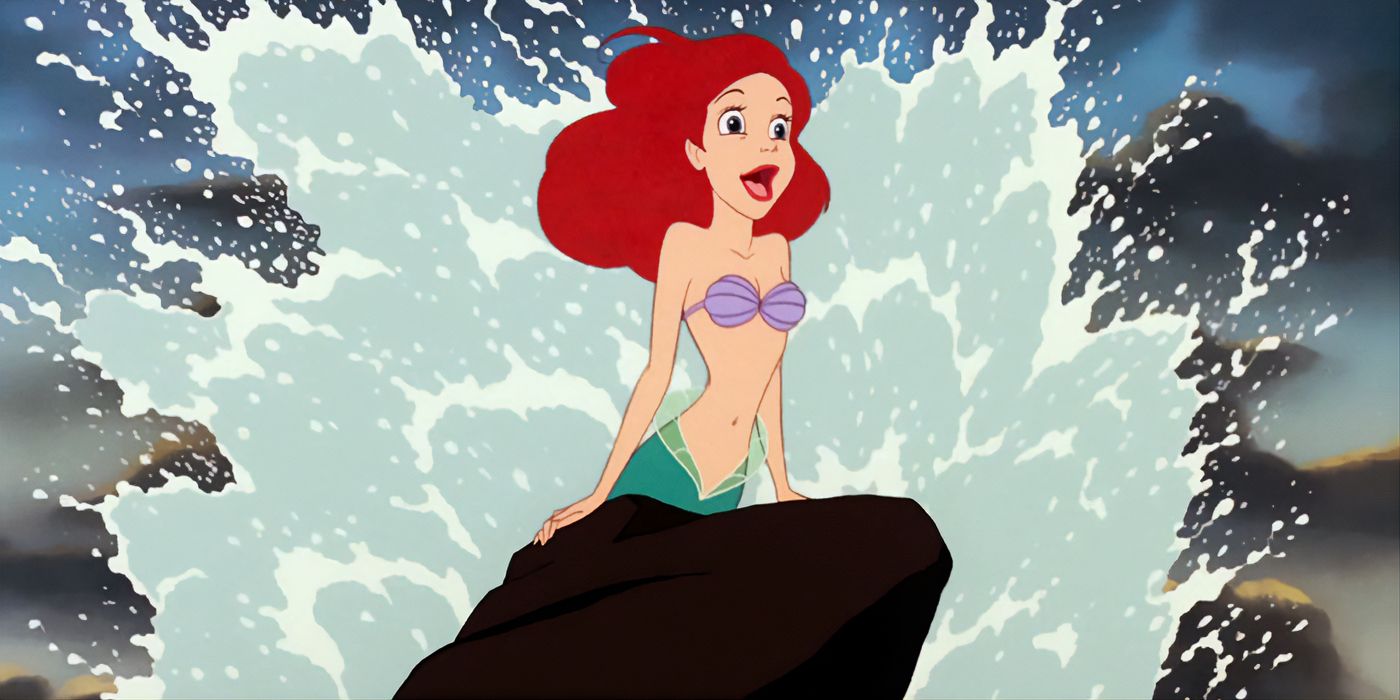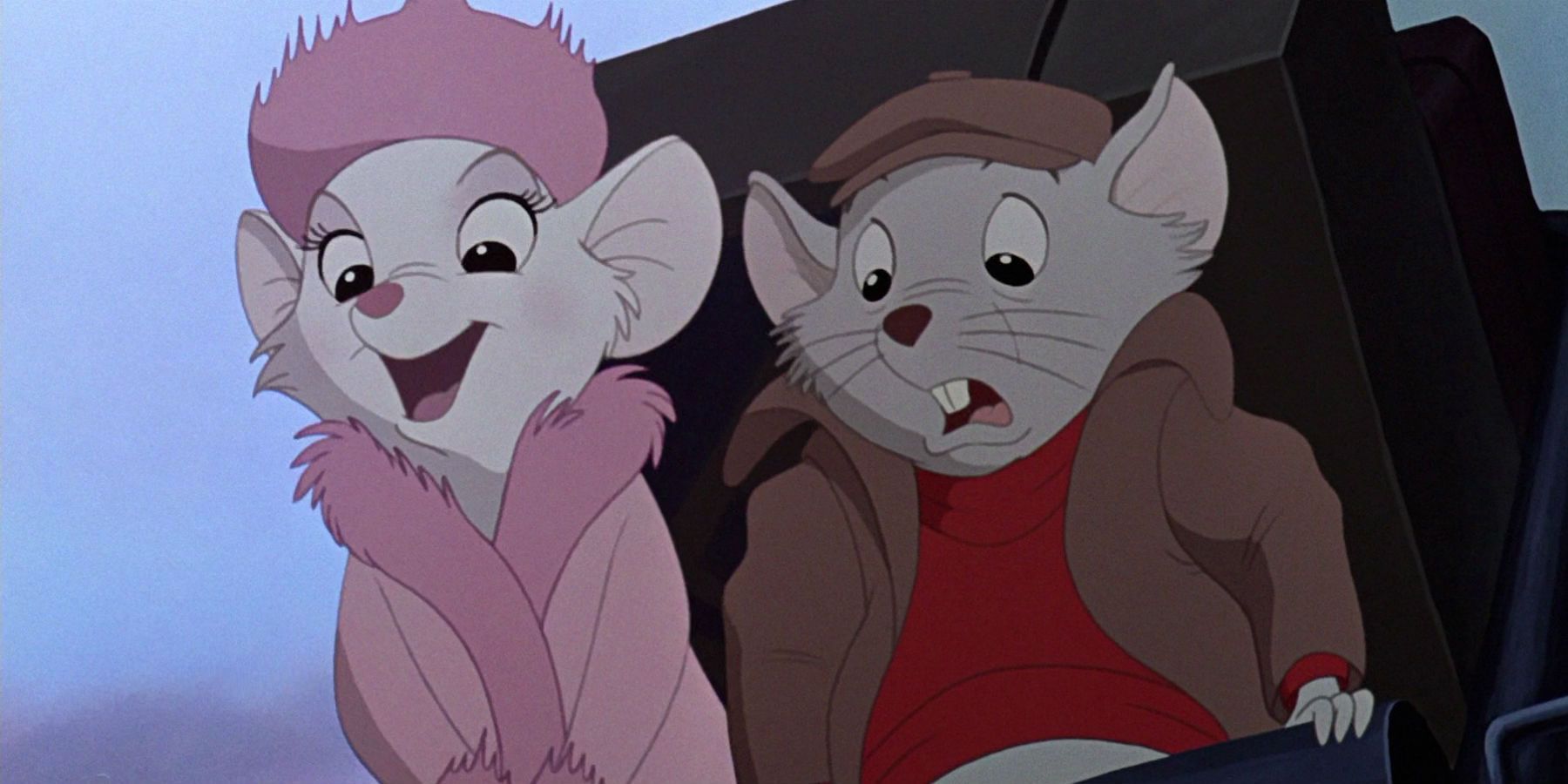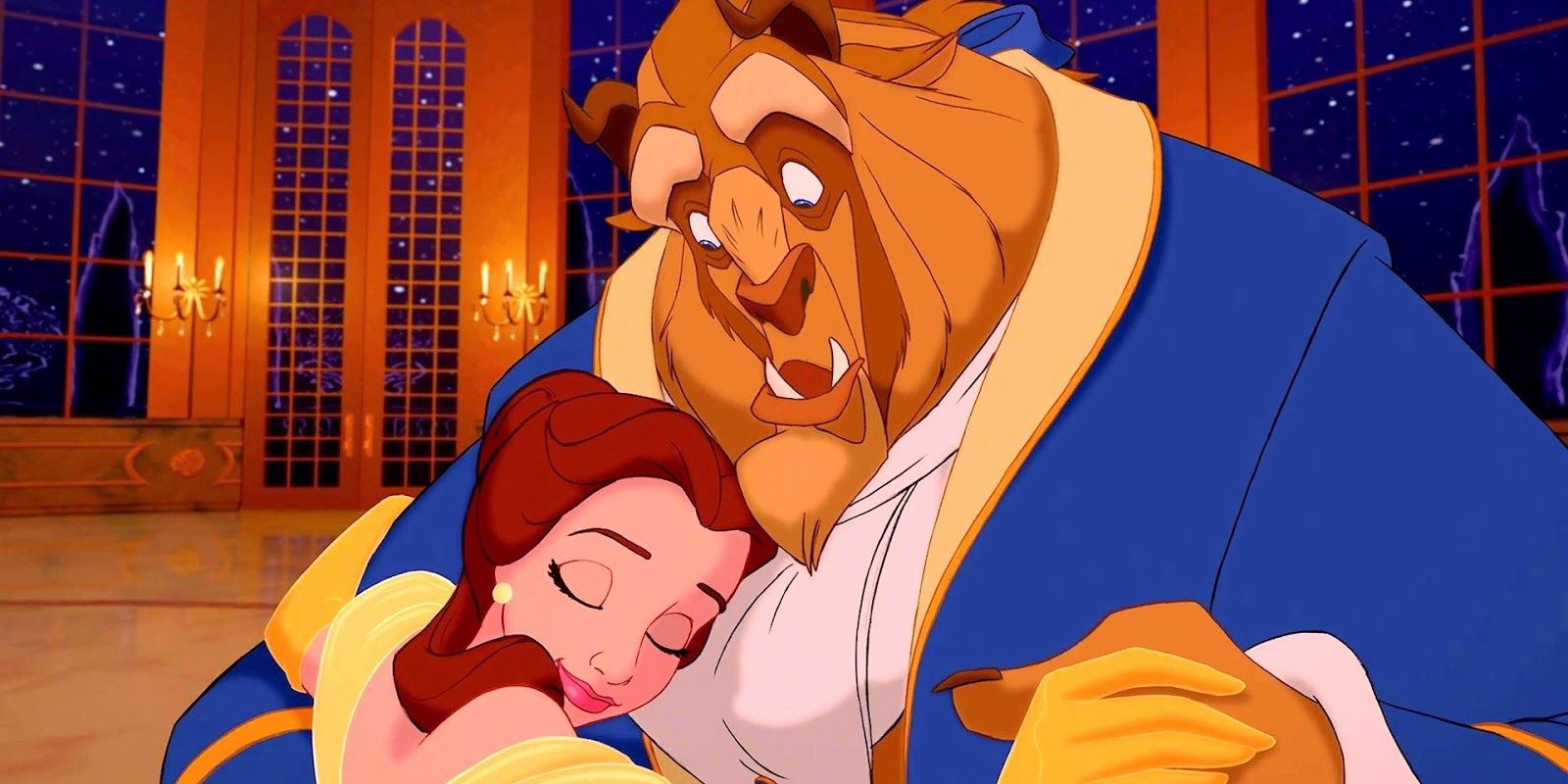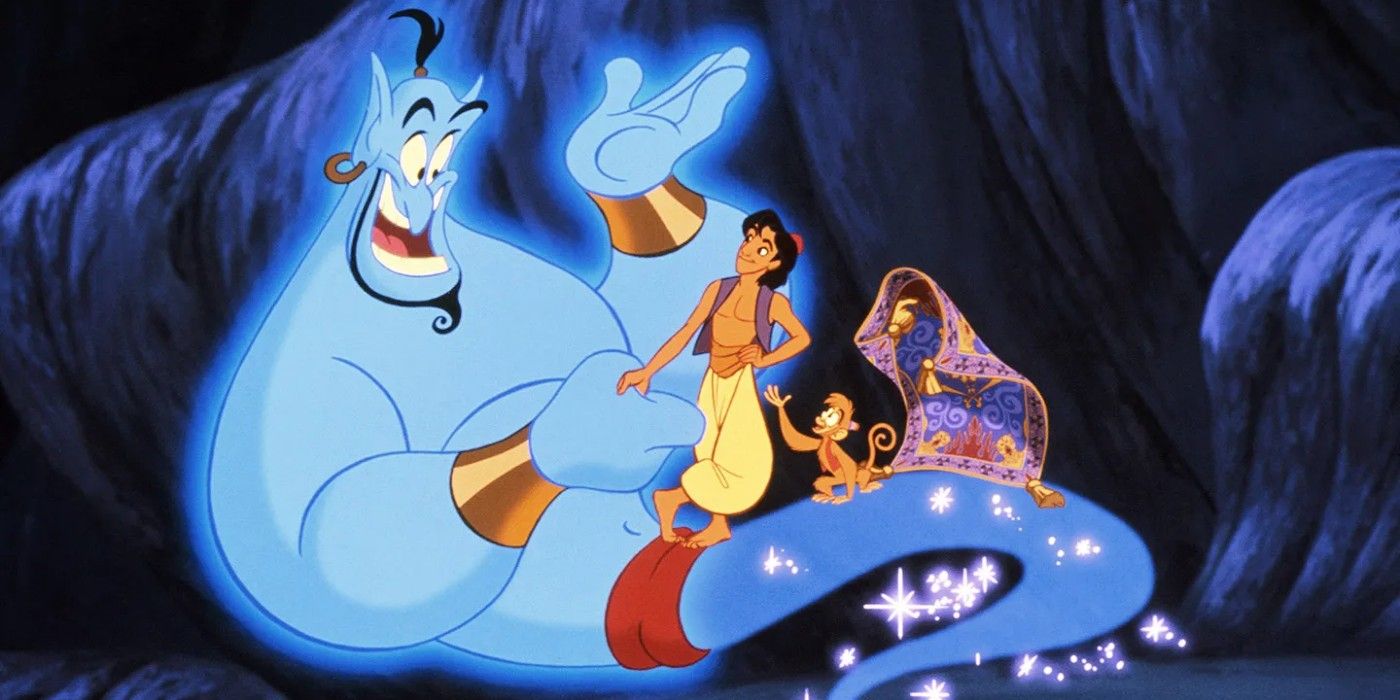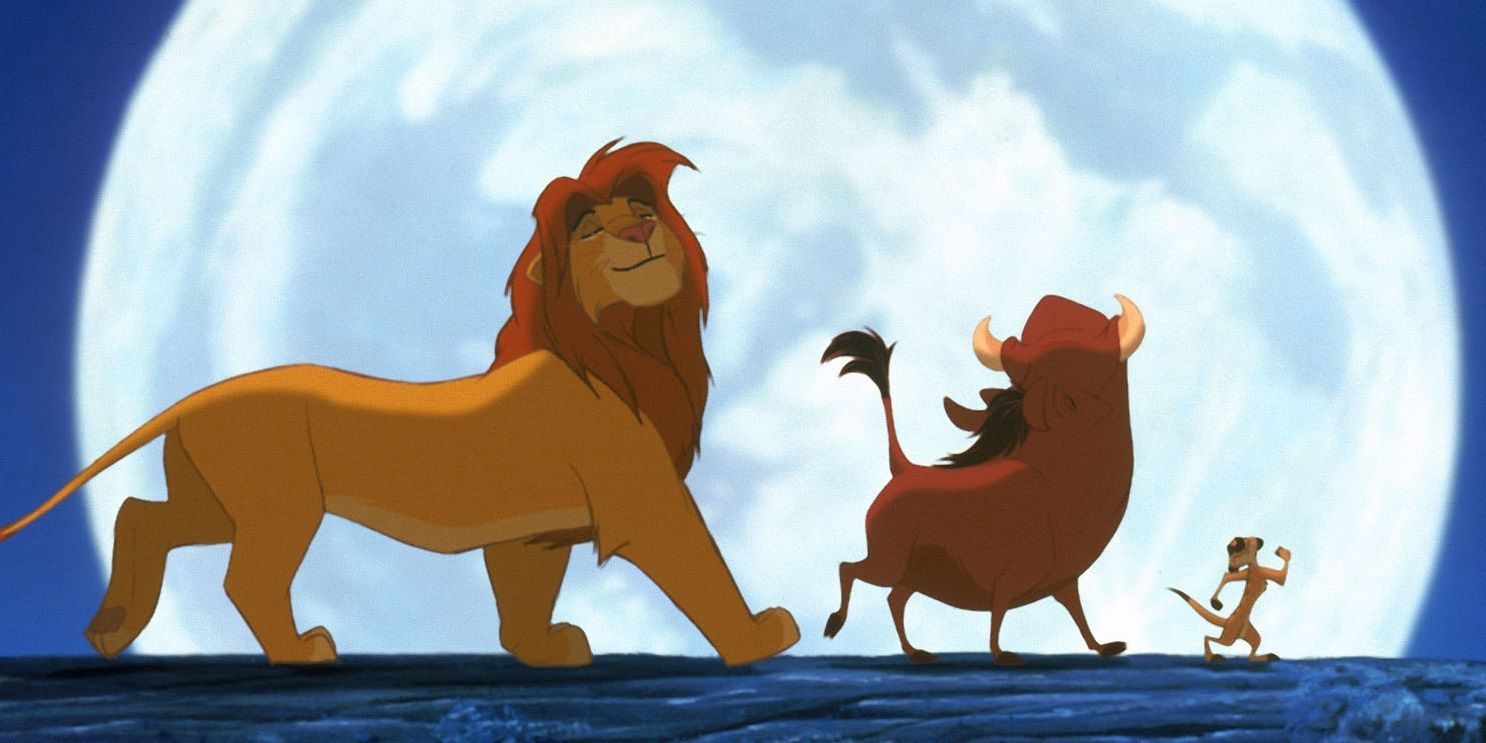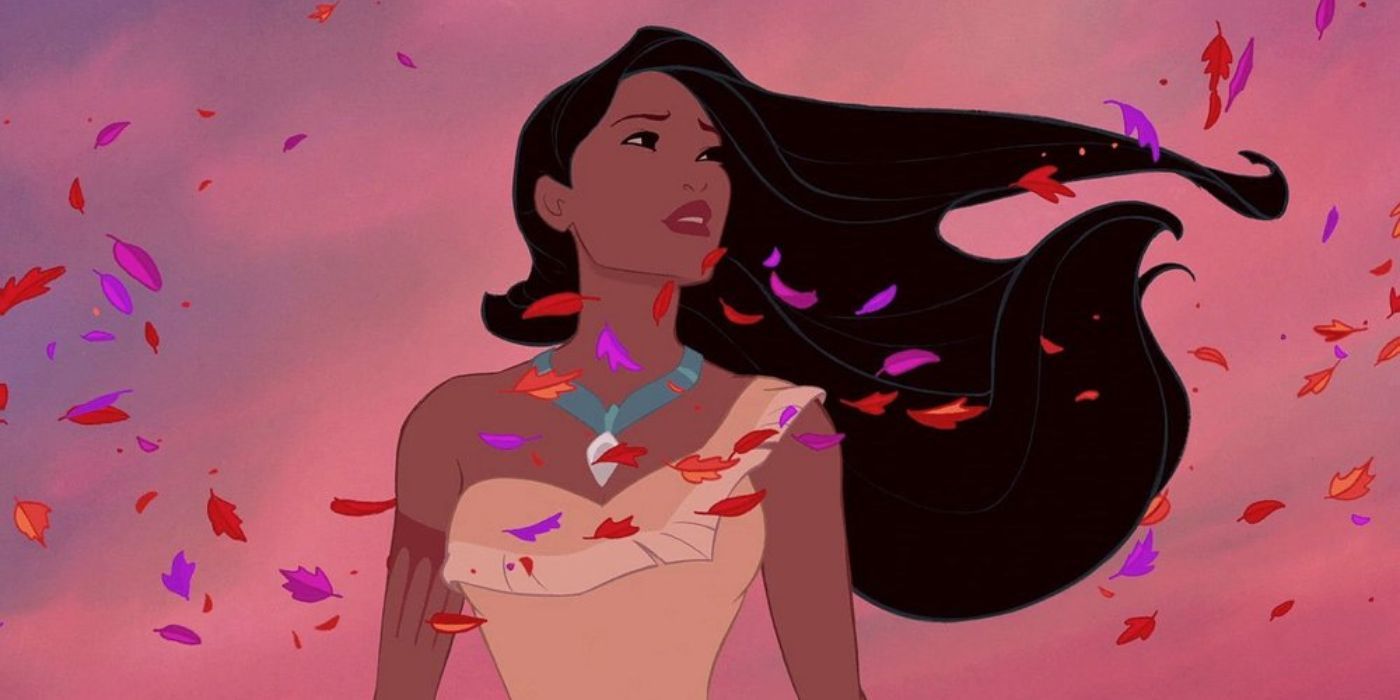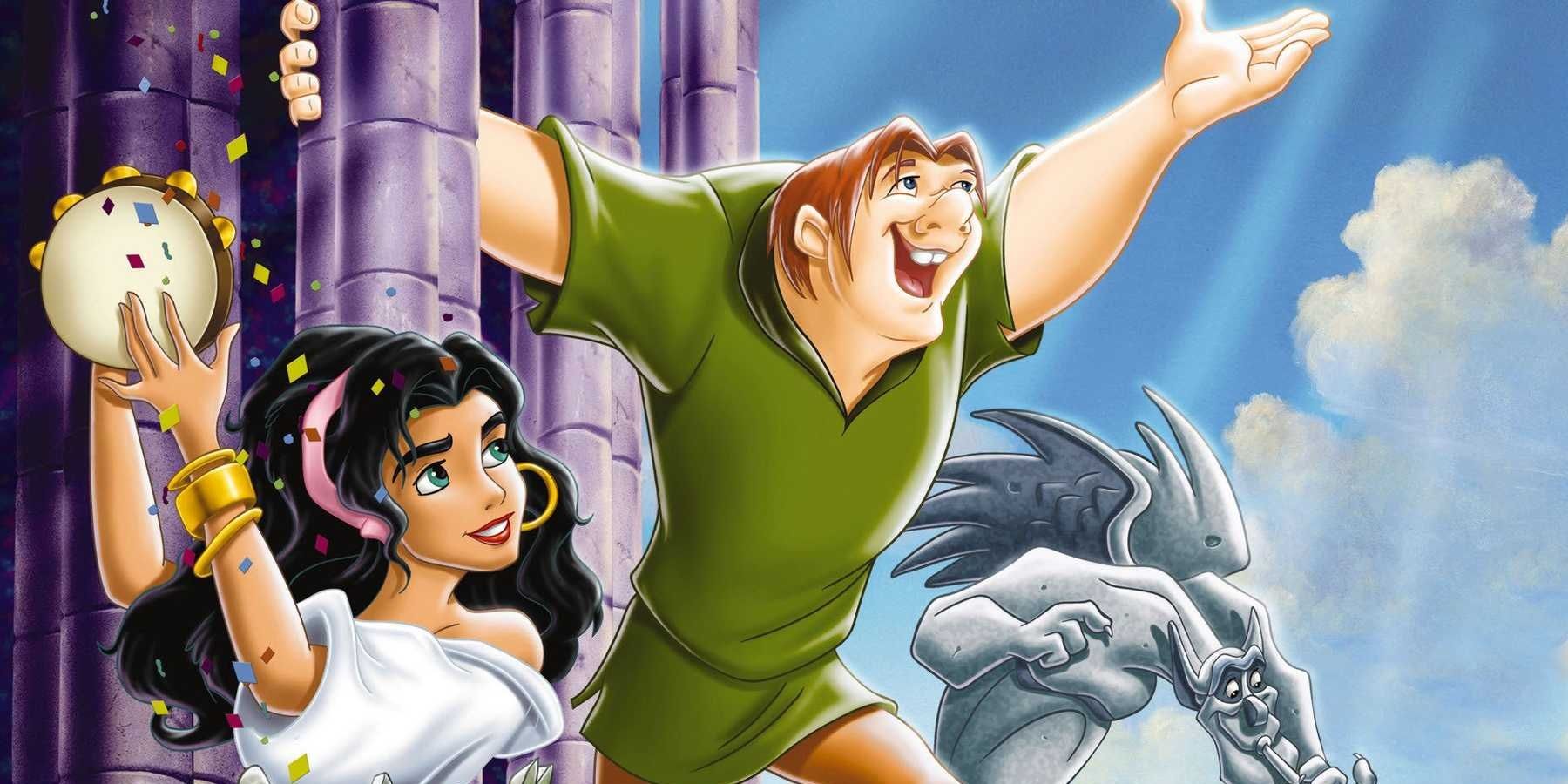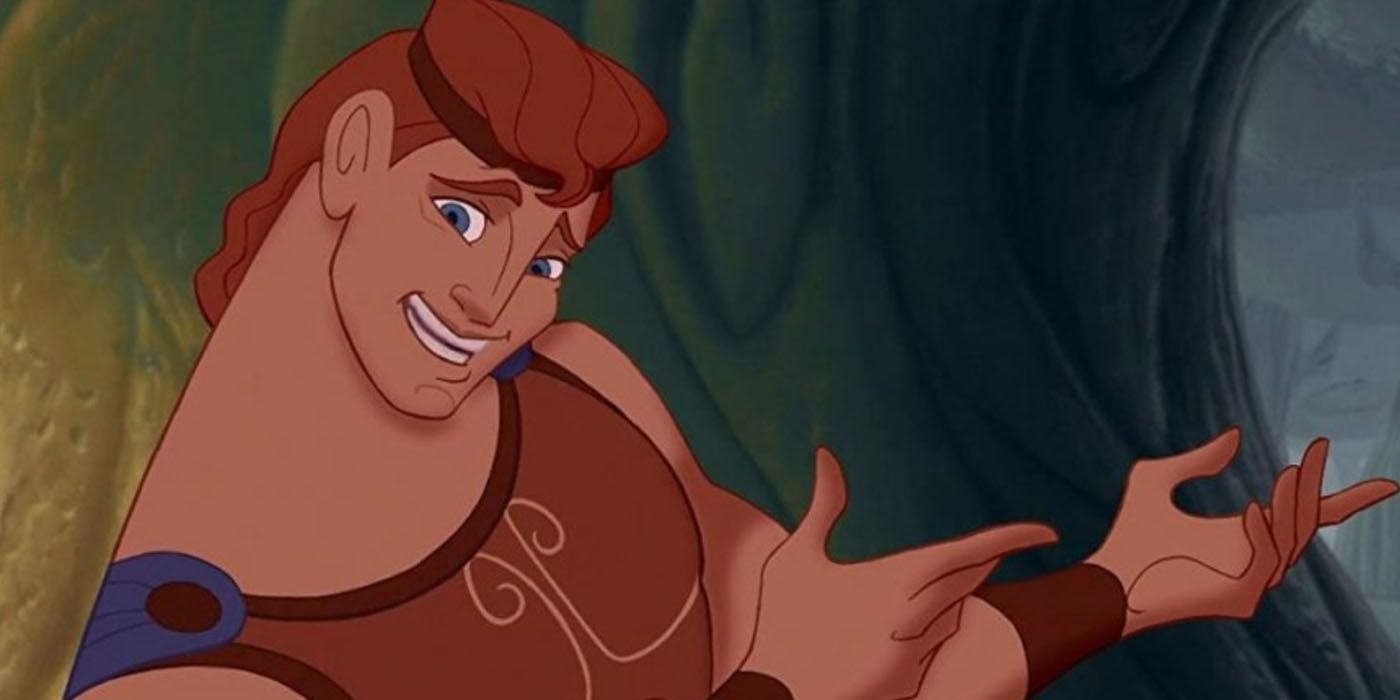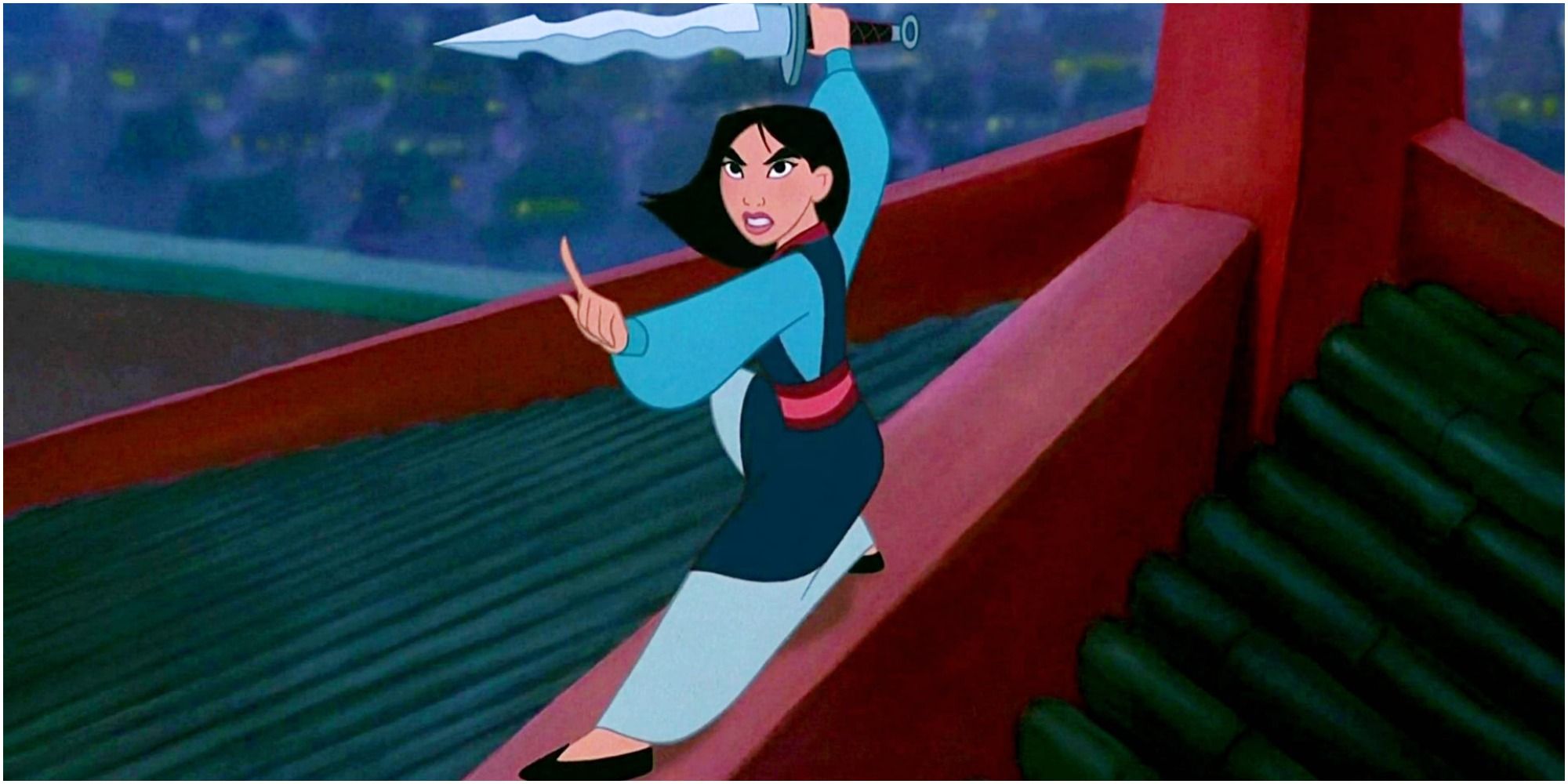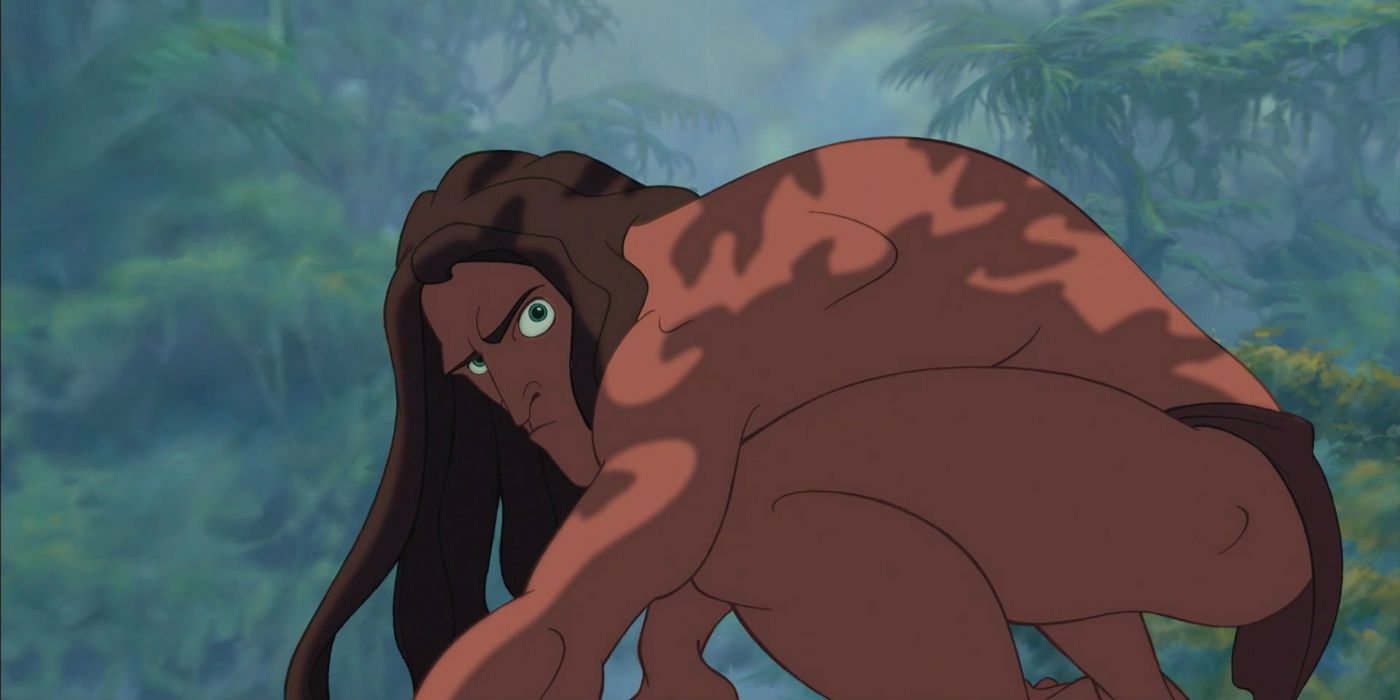The films of the Disney Renaissance have ingratiated themselves into modern movie culture, redefining what children's films could be. The works of Disney animation beginning with 1989's The Little Mermaid and carrying on through Tarzan in 1999 are considered a major winning streak for Disney, helping to build the company into the juggernaut that it is today.
Although each of the films within Disney's Renaissance is uniquely crafted with the company's signature touch of magic, all ten of these classics were inspired by works of classic literature, biographies, folk and fairy tales, or some other well-known source material, which may or may not closely resemble the final film.
The Little Mermaid
The Little Mermaid is the first film from Disney's Renaissance period. Released in 1989, the animated film was based on Hans Christian Andersen's retelling of the classic Danish fairy tale, "Den lille havfrue," which translates directly to "The Little Mermaid."
The Disney film and the Danish fairy tale share much of the same plot points, including a young mermaid girl who longs to live and walk among humans and an ill-advised deal with a sea witch that trades the mermaid's voice for legs. However, the endings of these two stories prove quite distinct, as the original tale sees the prince, the object of the mermaid's affections, fall in love with another. After her heart breaks to see her love married to someone else, the Little Mermaid dies and turns into sea foam.
The Rescuers Down Under
The Rescuers Down Under is a 1990 film that acted as the sequel to the 1977 film The Rescuers. Though less well-known than other Disney Renaissance films, Down Under has fostered a cult following over the decades since its release. Both this film and its predecessor as based on the characters from Margery Sharp's novels, which bear the same name.
Whereas the original film took after Sharp's second novel in the series, Miss Bianca, the sequel told its own story using the same characters on a trip to the Australian outback to save a young boy who can communicate with animals. While the film's plot does not directly parallel any of the books, the Rescuers' mission to save a young child in danger resembles that of Bernard the Brave, the eighth book in the series.
Beauty And The Beast
Beauty and the Beast is a magical 1991 film with some of Disney's best music of all time. The Oscar-winning movie is based on "La Belle et la Bête," a French fairy tale by writer Gabrielle-Suzanne Barbot de Villeneuve, though it was a retelling of the story by Jeanne-Marie Leprince de Beaumont that eventually rose to prominence.
The original story contains elements familiar to viewers of the Disney film, including the curse placed on the Beast in his childhood, the Beast's capture of Belle's father and the subsequent trade that is made so that Belle remains with him instead. The two stories end in the same manner, with Belle falling in love with and marrying the Beast, thereby breaking the curse, though the Disney film's additions of an enchanted castle full of animated objects and a rival suitor in the village are entirely absent in the original tale.
Aladdin
In 1992, Aladdin became the fourth of Disney's Renaissance films. The story is based on an entry in one of the earlier literary classics, One Thousand And One Nights, a collection of short stories originating in Middle Eastern lands in the 18th century.
"Aladdin's Wonderful Lamp" is the primary inspiration for Disney's adaptation, though only the basic plot of the two stories are the same. The original tale features two genies at Aladdin's beck and call, and two evil sorcerers after their power. It is also important to note that, unlike Robin Williams's endearing portrayal, genies were often portrayed in most cultures as sneaky troublemakers who would just as easily betray their masters as help them.
The Lion King
The Lion King is one of Disney Animation's most successful ventures, launching a franchise that would prove lucrative even decades after the original film's release. Although the animated film is not a direct retelling of any specific story, it shares many traits with William Shakespeare's Hamlet.
Like Shakespeare's magnum opus, The Lion King tells the story of a young prince whose uncle murders the king in order to steal his throne. Both Hamlet and the young Simba are the only ones abreast of their uncle's misdeeds, leaving the kingdom's future in their hands (or paws). In the end, both Simba and Hamlet achieve their goal and kill their wicked uncle, though Hamlet dies in the act.
Pocahontas
In 1995, Disney released Pocahontas, a film that somewhat misleadingly portrayed the arrival of English settlers in the land of the Virginian Algonquin peoples, among whom lives the titular main character. While the film is based loosely on true events, it is influenced heavily by the collected notes and journals written by John Smith during his time at the Virginian colony of Jamestown, with some of the darker truths of the colony's movements left unmentioned.
Pocahontas deviates largely from the original historical events, which themselves have been called into question in terms of accuracy. The supposed relationship between John Smith and Pocahontas, whose real name was actually Matoaka, has been largely debunked by historians, and many other events that are supposed to have happened during this time remain unproven.
The Hunchback Of Notre Dame
The Hunchback of Notre Dame may not have been the most popular Disney Renaissance film, but it has risen back into the public eye with the exciting announcement of the film's soon coming live-action adaptation. The animated film is based on Victor Hugo's seminal novel of the same name, which was first released in 1831.
While Disney's Hunchback and Hugo's original tale share a basic premise of an individual with physical maladies living in France's iconic bell tower but differ sharply in tone and commentary. Hugo's novel came to represent different eras of French history and architecture through the presence of Notre Dame, an aspect largely left out of Disney's version. Hugo's ending also proves much darker, with the deaths of Esmerelda and Quasimodo, who are found years later still clinging to one another, even in death.
Hercules
Disney's Hercules brings the Greek demigod to life in a story claiming to depict the character's rise to heroism. While there is no singular source material for Hercules, the film borrows heavily from various Greek myths, including those telling of the Twelve Labors of Hercules and other stories revolving around the incredibly strong child of Zeus.
Hercules translates the original Greek myths extremely loosely, rewriting much of the story to fit Disney's family-friendly sensibilities. The film depicts Hercules as the son of Hera and Zeus, for example, whereas the myths are quite clear that Hera was not the boy's mother and actually tried to have him killed as an infant. Hercules also cherrypicks which feats of Hercules to include, though it does touch on several major stories, such as his slaying of the lion, the defeat of Nessus, and the courtship of Megara (though this relationship ends much differently in the myths than in the movie).
Mulan
Mulan is the 1998 animated classic starring Ming-Na Wen in the title role. Mulan proves herself a true hero throughout the course of her film, saving China from the invading Hun army. The film is based loosely on the events of a Chinese folk tale of Hua Mulan.
The story of Hua Mulan similarly tells a story of a woman who masquerades as a man in order to fight for her country but is otherwise quite different from the Disney adaptation. While the 2020 live-action adaptation of the Disney film attempted to incorporate more aspects of the folk tale, viewers responded generally unfavorably to the remake as a whole.
Tarzan
Tarzan is considered to be the tenth and final entry in Disney's Renaissance. Released in 1999, the film is one of many adaptations of Edgar Rice Burrow's landmark serial, Tarzan of the Apes, which was published beginning in 1912, with three decades' worth of sequels.
While the character of Tarzan is not exactly as depicted in Burrow's serials, the overall plot of Disney's Tarzan is not remarkably different from the original Tarzan story. The events surrounding a human raised by apes are largely similar, with the Disney film also adapting the love story between Tarzan and Jane with many of the same nuances as are in the novel.

